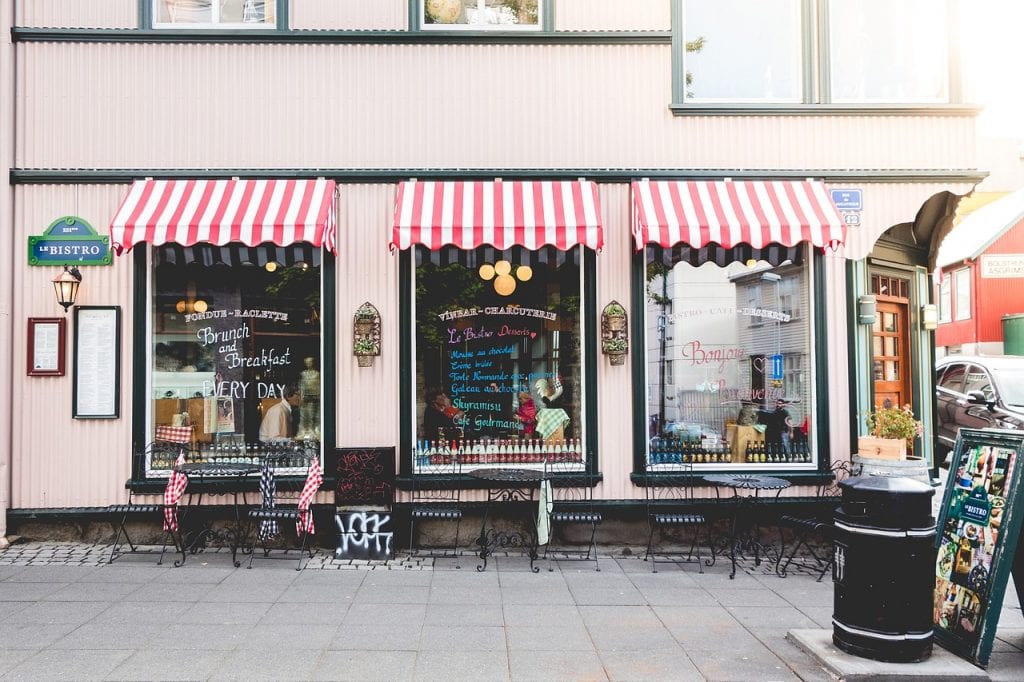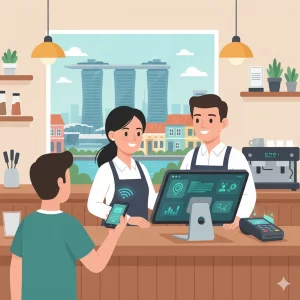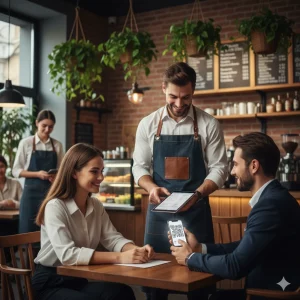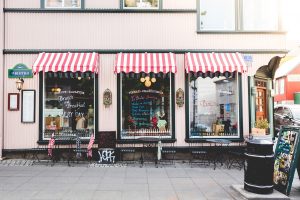
Picking a location for your new cafe or restaurant can be one of the most expensive decisions you will make when starting your business in Malaysia. That’s because once you sign a lease, it’s usually for anywhere between two to five years.
Breaching your lease may mean losing your deposit and a hefty penalty. On top of that, you would also have to give up all the renovation you have made at the location and invest money for renovation at your new location.
This is why it’s worth being extra careful and consider everything possible before signing a lease and investing any money in a location.
A good location can support your business on the long-term, whereas a bad location can be a total waste of time and money. Even the best restaurant won’t be able to survive very long in a poorly chosen location.
If this is your first time looking for a location for your cafe or restaurant, it can be challenging to choose between location. With so many locations up on offer – each with their own pros and cons – which one is worth moving into?
In this guide, we’ll look at ten of the most important things you need to consider before you sign a lease for your new location. By the end of this guide, you’ll have a better idea of what to look for when you are out shopping for your new spot.
Let’s start with the first and most important consideration:
#1. Customer Habits and Interests
Keeping your customers satisfied and happy enough to keep coming back to your cafe or restaurant is what will make your business successful in the long term.
This is why, as with any part of your business, when picking a location for your cafe or restaurant, your customer habits and interests must come first.

Before picking your restaurant location, find out:
- How old are your customers?
- Where do they usually hang out?
- What kinds of food or drinks are they already buying?
- What are their interests?
- Do they enjoy air-conditioned environments or are they fine without?
Having a deep understanding of your customers will help you to decide if a location will be attractive to them or is a place where they are already hanging out.
Your location decisions will be quite different, for example, if you are serving the university student market versus if you are serving the working adults market.
In any case, getting to know as much as possible about your target market will give you an advantage when it comes to picking the location for your business.
#2. Market size
Regardless of your target market, you have to make sure there are enough of them in the location you are planning to move into to support your business.
If you are trying to move your business into an area with a population of just 1,000 people or less, for instance, it’s pretty unlikely for you to keep your business afloat.
So when considering a location, check around and see if there are enough people living in the location’s proximity to a portion of them will become your regular customers.
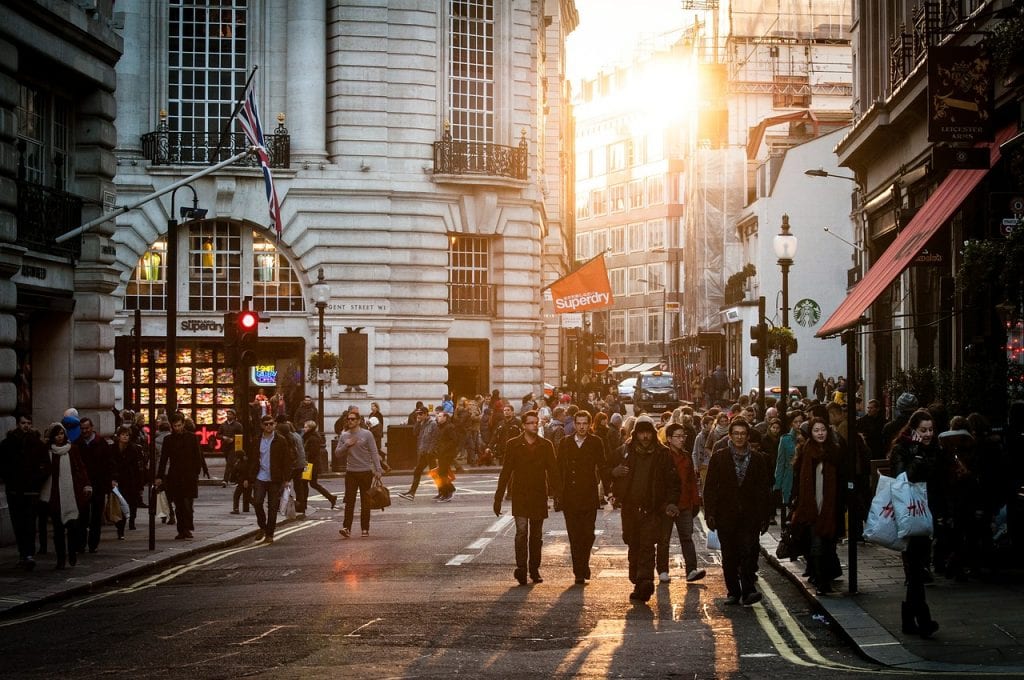
Even if you can get the premise for cheap, without a large enough market size, it’s unlikely for you to keep your doors open for long.
#3. Foot and vehicular traffic
Even if you are moving to a location with a large population, it’s important to consider the foot and vehicular traffic around the specific building location you are interested in.
A building that isn’t popular and gets a few visitors a day is unlikely going to support your business. On the other hand, a popular location will mean you have a good chance of exposing your brand to a large number of people.
So before moving to a location, observe the location to understand what the foot and vehicular traffic is like. If there aren’t enough people and cars moving around the area, you might want to consider another location.
#4. Competition
When you are in a location with a lot of foot and vehicular traffic, however, competition from other FnB outlets is unavoidable as other business owners will be interested in the same opportunities.
It’s vital for you to consider if the other FnB outlets around the location are in direct competition with what you will be offering.
For example, if you are a Boba drink shop, you might want to take caution if there is an existing, more established and popular Boba drink shop already in the area.
However, if you believe that your brand is the stronger one, or you have a strategy for pulling customers your way, you can still set up shop.
This isn’t to say that competition is always a deal breaker, but it definitely is something you should seriously consider especially if your brand is very new.
If there are more established brands offering better pricing on their products than yours, it can be an uphill battle for you to carve out a market share for yourself in the same location.
In this case, it might be better to consider a less competitive environment to launch your new cafe or restaurant.
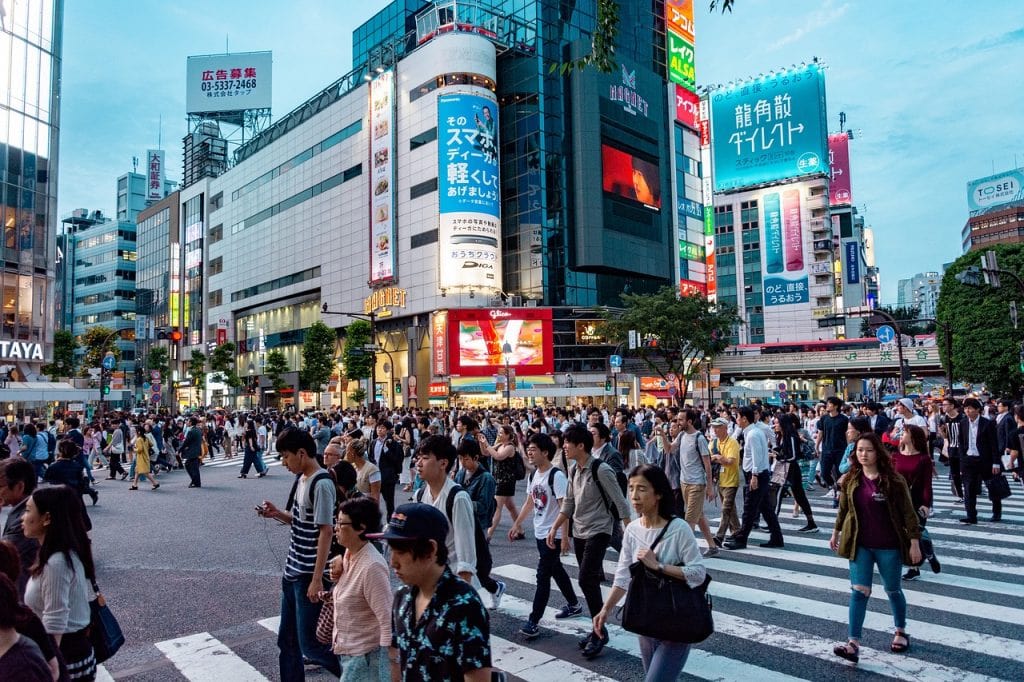
#5. Visibility
A restaurant or cafe tucked behind a few building blocks isn’t likely to get much attention from pedestrians or drivers passing by.
Even with the best marketing strategies, it can be challenging to attract customers to a cafe or restaurant with poor visibility.
So, when picking a location, make sure that it isn’t hidden or blocked by other buildings.
Having your cafe or restaurant in a place where people can easily spot you will give you an extra advantage. Passers-by are more likely to go into your outlet out of curiosity, and if they like what they eat or drink, they might even become regular customers.
#6. Parking Spots
It’s pretty likely that a good portion of your customers will be reaching your cafe or restaurant using a car. So it’s important for you to ensure that there are enough parking spots for your customers around your FnB premise.
A frustrating parking situation can give your customers and potential customers a bad impression of your restaurant and cause them not to return.
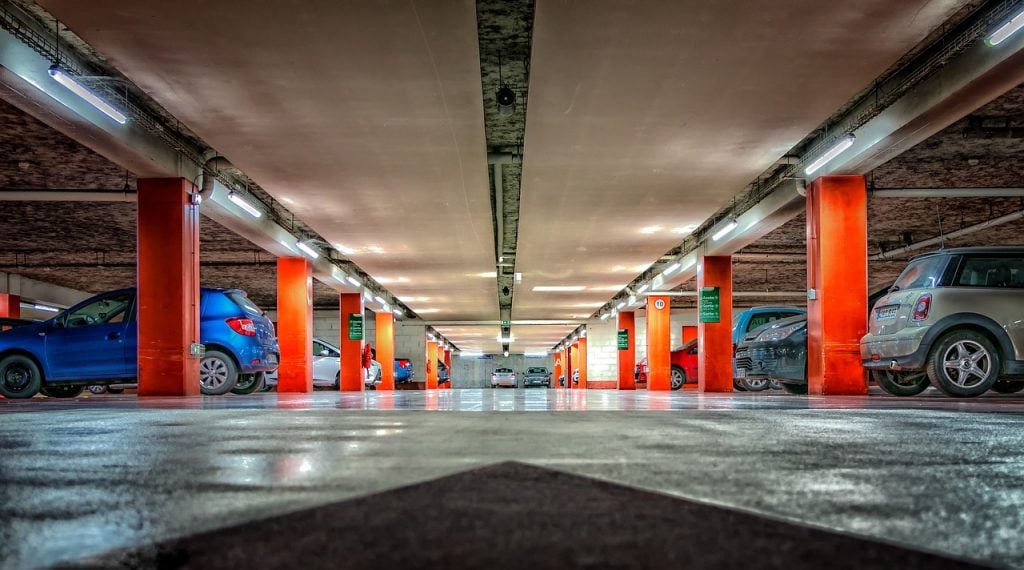
The only exception is if your customers are more likely to walk to your restaurant or cafe. An example of where this may be applicable is if you are in a busy CBD area where office workers are likely to have their meals around their offices.
Other than having enough parking spots, you also need to ensure that the parking spots are safe and secured. If your customers are likely to get robbed or have their cars stolen at the parking spot, you will need to look for another location.
#7. Size
A cafe or restaurant’s overall physical space is something that is often overlooked by new FnB business owners.
Usually, they would focus on having enough space for the customers’ dining area but put less consideration into the size of the kitchen area. This is especially true if they have never worked in a kitchen and don’t understand how a commercial kitchen operates.
Don’t fall into this trap. Be sure to consider if the location has enough space to house a kitchen big enough to support what you are serving on your menu.
Not having enough kitchen space can cause your kitchen staff to underperform, affecting the quality and consistency of the food that your customers get.
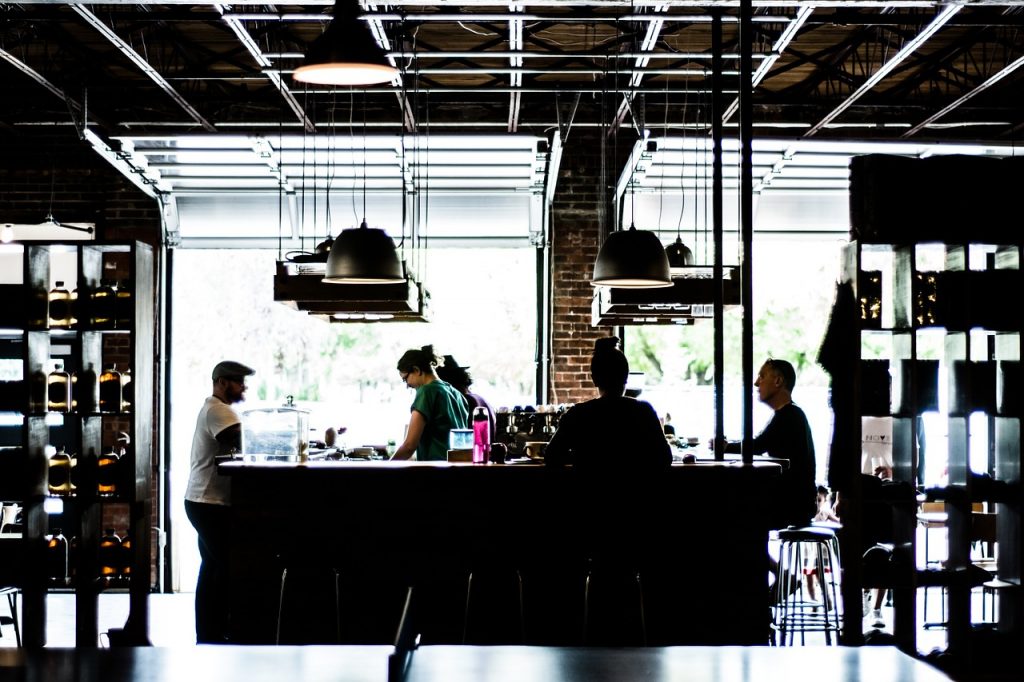
If a location is great in terms of foot traffic, visibility and has ample parking spots, but is too small to accommodate a good-sized kitchen and dining area, we recommend looking elsewhere.
#8. Safety
For any business, the safety of the premise, staff and customers is paramount. This is even truer in the case of a restaurant or cafe where the kitchen can be a fire hazard.
Without proper safety features, you put your entire business, your staff as well as your customers’ at risk.
This is why it’s important for you to check if the location you are considering is equipped with safety features such as fire alarms, sprinklers, emergency exits, and fire extinguishers. If not, check with the landlord if these can be added separately with the help of a safety officer.
Other than checking the safety of the premise itself, be sure to check the crime rates around the location. A high crime rate may make your customers feel uncomfortable having their meals there while a safe environment makes your customers will make your customers feel comfortable and welcomed.
#9. Accessibility
A location that’s easy to get to is more likely to get frequent visitors. If your cafe or restaurant is located somewhere without good road access or is hard to find without a lot of instructions, people may lose patience and decide to go somewhere easier instead.
Ensure that your cafe or restaurant is easily accessible by road and if possible, using public transport also.
A good rule of thumb is to check and see if you can find your location using location apps like Google Maps or Waze which are frequently used by customers nowadays to find a cafe or restaurant.
If you can’t pinpoint the exact location using Google Maps or Waze, it’s a good sign that it’s not going to be a place people will go to often.
#10. Lease Terms
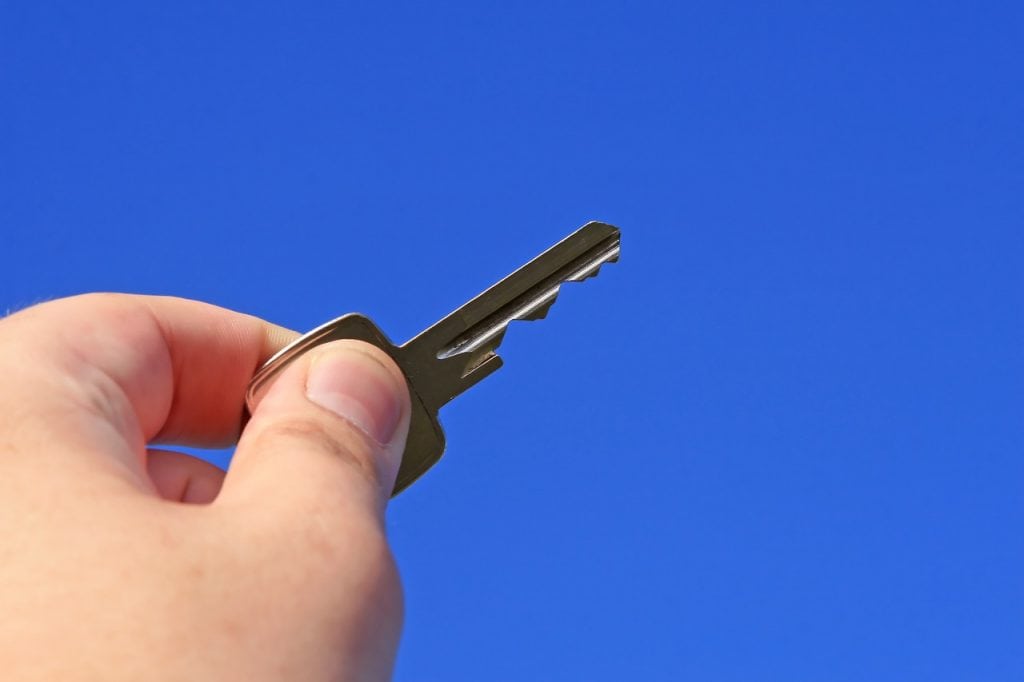
Finally, if you are renting a space, you’d want to consider the lease terms for the premise. Having a long or short lease period can be either help or harm your business, depending on how your business performs and what your long-term plans are like.
Having a long lease means you get to lock in a lower rental rate for a longer period of time, giving you more savings over time. But if you go out of business, it can cost you a lot of money to release yourself from the lease before the agreed period ends.
On the other hand, having a short lease period gives you more flexibility to move from one location to another if a location does not allow your business to live up to its full potential. But if the location helps your business, having a short lease period can mean risking a sudden price hike when you renew.
The type of lease you take on depends on your business plan, risk appetite and the amount of capital you have to put into the business. The most important thing is to work with a landlord who is willing to negotiate the best possible terms for your business.
This may sometimes mean adding additional clauses to reflect changes in your business. A landlord who is firm on their terms may not your best partner in business.
Conclusion
A cafe or restaurant’s location can be one of the most difficult decisions a new owner can make. A bad location can mean a lack of customers to support your business, while a good location can make your business prosper.
To pick a location, start by understanding who your customers are and what their habits and interests are. By doing so, you’ll be able to narrow down the locations with the best potential.
Next, make sure that the market size is large enough for your business but competition is low enough for you to stand a chance at being successful. Then, be sure to place your cafe in a location with good visibility, enough parking spots, and high accessibility.
Finally, work with a landlord who is willing to negotiate with you to come up with lease terms that are beneficial to your business.
By considering these ten points, you are more likely to pick a more ideal location for your new cafe or restaurant business.
Let us know: what are things you consider as important factors when picking a location for your cafe or restaurant?

